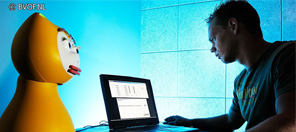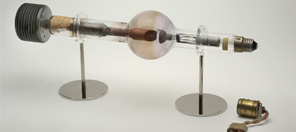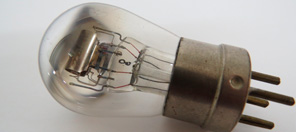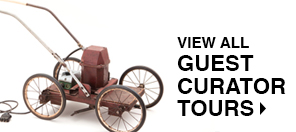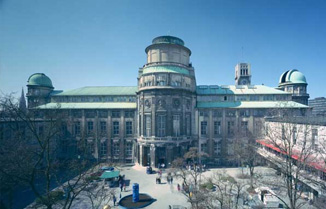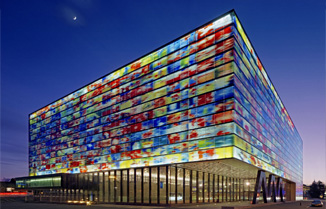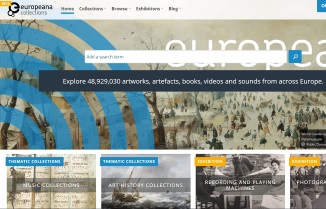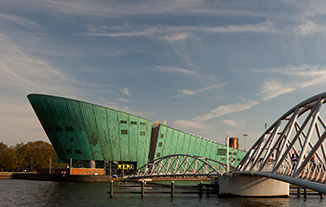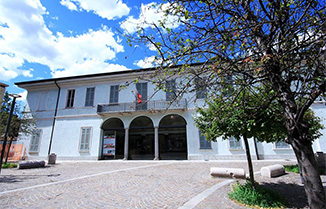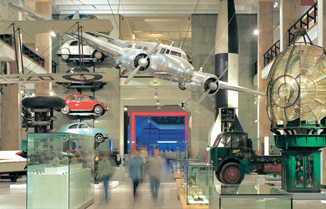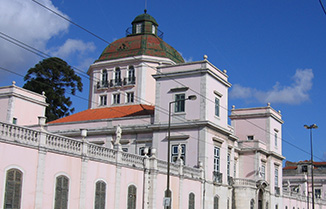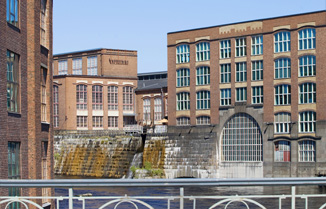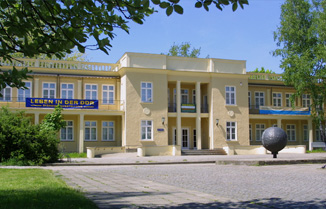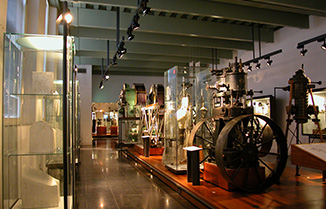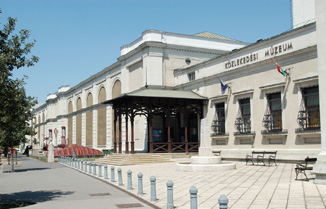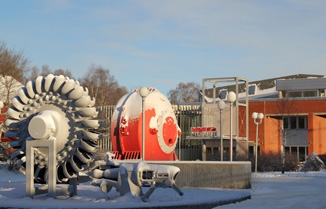Exhibitions
The How-Tos of Technology
Invention does not stop once a product is on the market – it starts. Will a new sewing machine let you dress like a Paris model? A refrigerator might help keep food for longer, but can you afford it? And where do you put it? A wealth of new technologies have crossed borders in Europe, but only because people have learned to use, tinker, and fiddle with them. The tours in the Daily Lives Exhibition explore the inventive ways.
Drawing the big Picture
In the nineteenth and twentieth centuries, infrastructures started criss-crossing borders in Europe: railway, automobile, and aviation infrastructures revolutionized transportation. Telegraphs and telephones, broadcasting networks, electric power lines, and fuel pipelines made new connections. The tours in the Infrastructures Exhibition explore what kind of Europes emerged – Who got connected, and who got disconnected? What were the risks, and what were the rewards?
Writing the rule book: governing European technology
Transport systems and industries have been co-ordinated across borders in Europe on many occasions and in many places apart from the European Coal and Steel Industry. Co-ordinating these technological systems has been the work of a number of national and internationals bodies. The tours in the Governance Exhibition explore how rules and standards have united and divided Europe over the last 150 years.
Electronic communication in Europe
When telegraphs were invented in the nineteenth century, they enabled nearly instant communication with distant people and places. Telephones, radios, and televisions all changed the nature of distant encounters, but what did they actually mean? Who did they bring together and who did they leave out? Discover how communication has brought Europeans together and kept them apart.
Engineering Europe’s place in a global world
The transport and communication developments that started in the nineteenth century affected not only Europe, but were part of much wider movements that we now call globalization. This raised new questions: is Europe at the center of the world or on the margins? How did our globalized world emerge? Discover how Europe – and Europeans – were shaped in these global currents, as they conquered and lost colonies, went to war and conducted business on a changing world stage.
Ask the expert
The last century and a half have seen the rise, and possibly the fall, of the public expert. Architects, social planners, engineers, and scientists have formulated large-scale projects for reshaping societies, both nationally and internationally. Discover how scientific experts were trained, where and how they met, and explore the limits of science and technology.







 Read More
Read More Read Less
Read Less